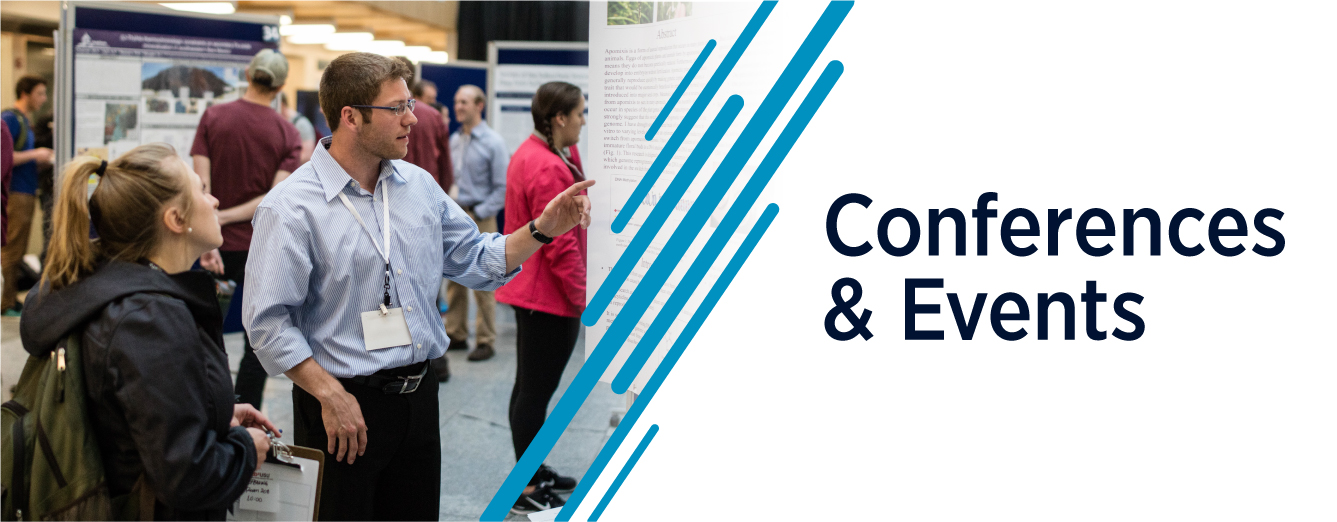Abstract
The Airborne Sensor Facility (ASF) at NASA Ames Research Center maintains a suite of capabilities for the calibration of passive earth remote sensing instruments, focused on hyperspectral imaging devices operating in 350-2500 nm wavelength range, with additional thermal IR spectroradiometric resources extending to 14 microns. Hyperspectral instruments present challenges to characterization and calibration due to the large volume of data gathered in spatial and spectral dimensions. ASF uses techniques anticipating best practices developing in the IEEE standard p4001, while leveraging multiplex advantages for efficient data collection. ASF has developed facilities for the spatial, spectral and radiometric characterization of airborne hyperspectral imagers and is developing capabilities for stray light characterization. This presentation surveys these capabilities, using the facility instrument Pushbroom Imager for Cloud and Aerosol Research and Development (PICARD) as a case study. We will discuss the Multiple Field Collimator (MFC) system for spatial and spectral characterization, the integrating sphere sources for radiometric calibration and our developing stray light assessment methodologies. Results from PICARD’s calibration at both ASF and the Goddard Laser for Absolute Measurement of Radiance (GLAMR) lab will be compared to validate ASF’s spectral, radiometric, and stray light characterization capabilities.
Spectroradiometric Calibration Facilities at the NASA Ames Airborne Sensor Facility
The Airborne Sensor Facility (ASF) at NASA Ames Research Center maintains a suite of capabilities for the calibration of passive earth remote sensing instruments, focused on hyperspectral imaging devices operating in 350-2500 nm wavelength range, with additional thermal IR spectroradiometric resources extending to 14 microns. Hyperspectral instruments present challenges to characterization and calibration due to the large volume of data gathered in spatial and spectral dimensions. ASF uses techniques anticipating best practices developing in the IEEE standard p4001, while leveraging multiplex advantages for efficient data collection. ASF has developed facilities for the spatial, spectral and radiometric characterization of airborne hyperspectral imagers and is developing capabilities for stray light characterization. This presentation surveys these capabilities, using the facility instrument Pushbroom Imager for Cloud and Aerosol Research and Development (PICARD) as a case study. We will discuss the Multiple Field Collimator (MFC) system for spatial and spectral characterization, the integrating sphere sources for radiometric calibration and our developing stray light assessment methodologies. Results from PICARD’s calibration at both ASF and the Goddard Laser for Absolute Measurement of Radiance (GLAMR) lab will be compared to validate ASF’s spectral, radiometric, and stray light characterization capabilities.
